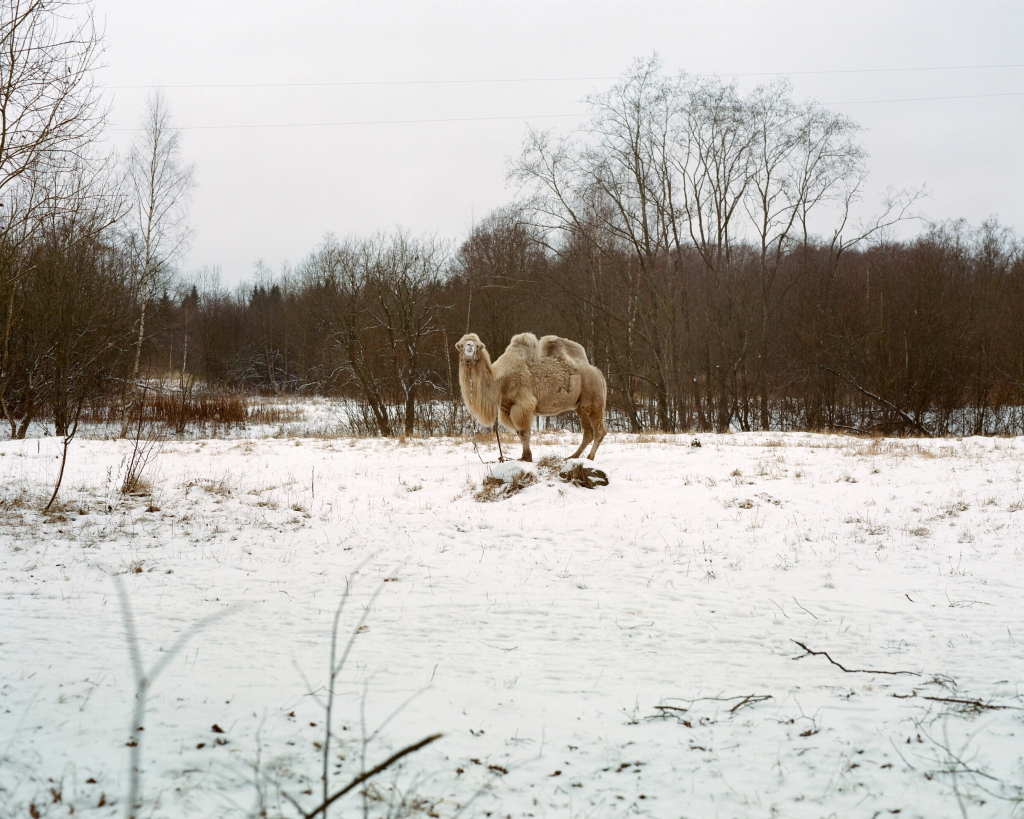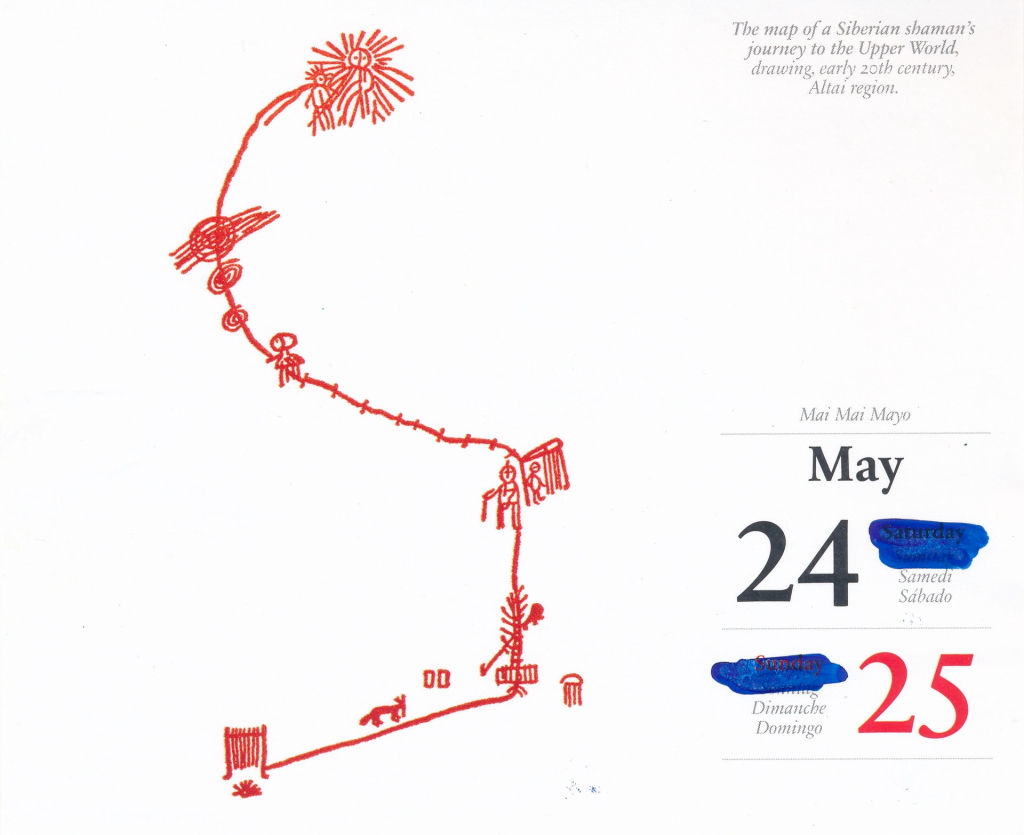Ekaterina Vasilyeva is a Russian photographer from St. Petersburg, working at the intersection of the genre, documentary and art photography. In most of her projects she explores the theme of a particular place (space, territory), it changes in the context of time and historical landmarks, environmental problems, interaction with human activity, personal relationships and myths of the place.
How did you get to this location?
In the village of Dynamo, Leningrad Region ( near St. Petersburg, Russia) there is my relatives apartment which they bought shortly before our arrival there. They were going to spend Summer there, so we were suggested to stay in it to recover my husband health after a surgery he underwent.
In one of the first walks in the village we occasionally ”discovered” that very close to our house is situated an unique geological monument of nature — a canyon, whose shores turned out to be heavily «cultivated» by garages and small garden houses, littered and partially overgrown with dangerous hogweed. Its depth reaches 20 meters at some places and it apparently appeared about 10 thousand years ago when the ”Swedish” glacier has retreated from the Central Europe. It was very strange for me that I did not know anything about this natural monument earlier. It happens sometimes a place is looking for and waiting for us, but not vise versa.
I find the title particularly intriguing. I expected to see more diary-like photos, but finally the viewer can see mainly landscapes. Is it a metaphor for the state you were past then ? Who did you come up with the idea of the diary pages?
An approximate idea of the project as well as the name ”Canyon Diary” appeared immediately after the first our walk. It is very likely that I remembered that time how we, the students of the high school, were given the task of keeping a diary of the nature observations. We recorded weather data at the diary – temperature, precipitation, cloudiness, and so on, answered questions about when the frost started and when the snow completely melted, and the first flowers appeared and starlings arrived…
Of course, I adapted this memory to today’s understanding of the project. Perhaps all this is somehow connected with the system of children education by Charlotte Mason (Charlotte Maria Shaw Mason; 1842 – 1923). In her system, as a prerequisite, there is a diary of nature performing. Only in contrast to the Soviet and modern samples this is essentially a naturalist’s album, containing not only observational, but also artistic skills. Therefore, no templates are provided for it. This is just a pure sketchbook or album.
Initially, I thought that I would try to look ”through the canyon” in a way, what it sees around ”him”. Naturally, something it sees around is more like a landscape or landscape with traces of human activity. The canyon immediately became a living thing for me. Then the idea was transformed a little but the project name has taken root already. A person often is associated with some place that becomes for him the subject of personal mythologising and artistic embodiment. In my case the canyon became a ”mirror” of my reflections at the collision with the disease and its metaphor. I was experiencing the space which in my imagination was also ”suffering and tormenting». I tried to explore the territory as living, filled with local meanings and at the same time the objective, tangible environment of human life and through the tools of modern art to transmit my own experience the space.
Thus, what I saw was added to what the canyon sees. In addition to the landscape pictures the still life appeared. I also included pieces of my old desk tear-off calendar of Symbols in the project, which emphasised my idea of a diary in my opinion. These choosen leaflets with pictures and random dates added an additional layer to the project and strengthened its concept. I think that when in the future I will make a book as a result of this work, they help to dilute a certain monotony of landscape photographs.
Why do you select the blurry foregrounds in your photographs? I observe that this characteristic is consistent in the whole series.
I did not even pay attention to it! Indeed! Now I think that I have been doing this intuitively for a long time. This knowledge was recorded somewhere in my mind after learning photography and long practice and analyzing my own pictures.
“A person often is associated with some place that becomes for him the subject of personal mythologising and artistic embodiment.”
For me, this method of working with the image creates volume and perspective, adds air, weightlessness and lightness. Given the camera medium format (in this project I used films Mamya 645 only), the photos become more vibrant and reflect my concept.
When did you decide that you actually want to explore the area throughout the different seasons of the year?
I think I wanted to explore the place at different times of the year at the very beginning. I hope in the recent years, I usually quickly imagine the picture of the project as a whole. Of course, something can change in the process, but since the sphere of my artistic interests is working with a certain place or territories, in order to tell about it most reliably it is necessary to monitor changes that can only be seen taking into account the changing seasons. Winter hides various moments due to the snow presence and shows everything in a more romantic way. With the advent of spring, for example, all these moments are exposed. Also in the last spring I had a new experience for myself – walking, in rubber boots up to my knees, along the river that flows at the bottom of the canyon. And these were great impressions.
What is the relationship between a photobook and an exhibition? Which form of presentation do you appreciate the most for your own work and which form do you like to look at photography in general?
By education I am a librarian-bibliographer and I love books very much. I like real paper books. Therefore, it is absolutely natural for me to realise a part of my projects like books. Why is it the handmade book? It is very important for me to find the original form of the book for each project, to find a binding, to feel the tactile communication with the book in the process of work. I want the viewer to receive finally a vivid and personal object with which the artist worked personally for him.
But I also really love good exhibitions and their study. What does good mean to me? This is when the curatorial idea and understanding of the position of the author or authors, if this is a group exhibition, is visible. This is usually manifested in the accompanying text, which I always read very carefully, hanging and choosing photos by the curator. Often an in proper hangout can kill a very good project, or, vice versa, helps to find new ways to understand better a work that I would not have noticed before. If we are talking about the relationship between an exhibition and a book, then this is most likely is a general semantic field – the presentation of work using printing in both cases. The only thing is that thanks to the book you will be able to experience tactile experiences, and at the exhibition printing affects the quality and perception of the photograph as a whole.
Please share with us some of your favourite photobooks you rivisted the last days in quarantine. Also, would you do the same for music records?
Last days during the quarantine time I study and read books and photo magazines for future work and lectures. Now at my desk for reading and comprehension (I teach a few courses in photography and art now) the following books and magazines are:
– the latest issue of Aperture magazine dedicated to the House topic – very relevant in connection with self-isolation during the coronavirus – Aperture 238: House & Home;
– the book PhotoWork: Forty Photographers on Process and Practice by Aperture;
– the book 20th Century ART (Museum ludwig Cologne) by Taschen
It so happened that I rarely listen to music. And if I listen it is the Russian bands from the late 90-s to the beginning of 2000. This is an alternative rock, art rock, folk rock, blues rock. For example, this is Bi-2, Chaif, Krematorij… This is not only good music for me, but also informative texts that give me source for thoughts and images, especially in the framework of Russian reality. From foreign bands I like to listen to Depeche Mode.
More on her website.
















